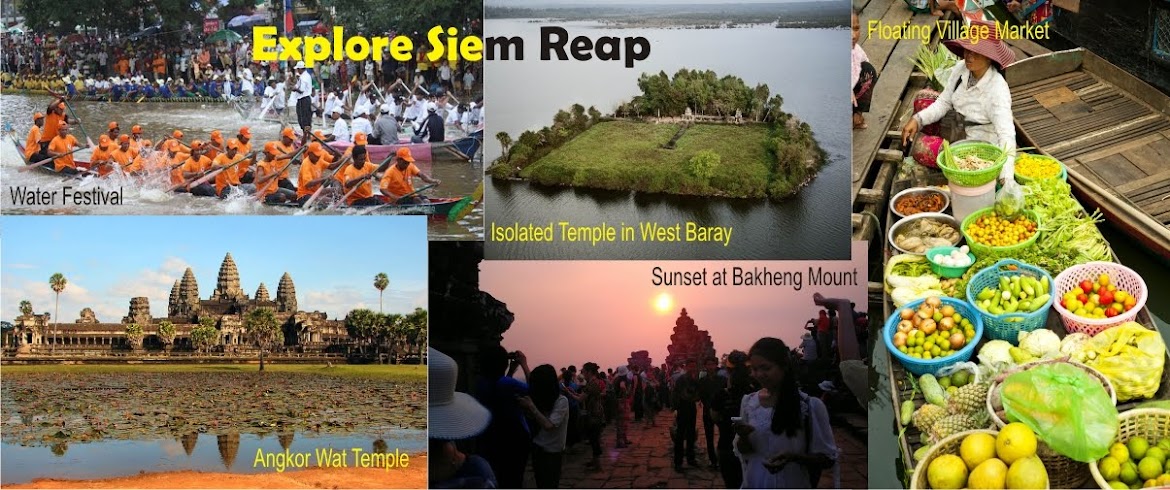The battle of Lanka(c.50 m long).
This somewhat confusing hand-to-hand battle scene, covering every inch of available space, is represented in great detail, with an animated multitude of beings fighting with incomparable rage and appropriate attitudes and expressions.
According to Delaporte (1880), the poem of Valmiki, so often represented in India, has never been illustrated in a more powerful way.The monkeys do not ever suffer heavy casualties; they look overcome by fatigue, but, as the battle turns to their advantage, they resume their marvelous feats with renewed energy. Some are wounded by magic arrows; others, who have used the right spell to deprive the magic arrow of their power, stand up again and resume their fighting position. But a few, struck by feathered arrows, are lying dead on the ground. Warriors pause to recite the incantations which will render their weapons more lethal. The foot soldiers of the giant’s army carry Sabre with chiseled hilts, spears, javelins and clubs, and some are protected by shields. The monkeys carry only stones or branches, or more often no weapons at all; they bite their enemies wherever they can and arm themselves with the weapons they remove from the wounded or the dead. With their paws and teeth, they tear apart the fabric of the flags and parasols which decorate the chariots of the enemy kings and generals, pulled by fantastic animals. The way the sculptors render the bodies of the monkeys in the only attempt to define muscles in Angkorean sculpture; Showing the monkey’s muscles in circles to emphasize their strength, they also portray the swelling of biceps, forearms, thighs and calves in a way which is closer to that of humans than of monkeys covered in fur.
A general view of the relief is impossible. One can only marvel at the virtuosity and imagination of the sculptors who managed to vary the details of the episodes, and the postures of the fighters so as to avoid any monotony or repetition, The melee is so dense that the combatants are completely entangled with each other. The swarming animation and intense frenzy of this scene gives great vitality to the relief. The comical and the ferocious mingle to such a point that the viewer can no longer tell if he , or she, is seeing downs or incensed warriors. They face each other; kill each other; dismember each other, poke out eyes, all with comical contortions and with a look of alarm on their faces.
At the centre of the panel, are the protagonists of the drama: Rama balancing on Hanuman’s shoulders , in the middle of a shower o f arrows (173, page 116). Behind him is his brother Lakshmana, while the reneged prince Vibhishana is recognisable by his plumed helmet. They stand in simple noble poses, in contrast to the surrounding excitement. Not far from them is Ravana (172, page 116) with his ten heads and twenty arms, standing firmly on his beautifully decorated chariot, pulled by monsters with unusual profiles. Between the two adversaries there is an admirably composed scene: the monkey Nila, standing on two monsters seen frontally, grabs and puts on his shoulder the body of the giant rakshasa Prahasta (182, page 119), at the same time as another monkey attacks the giant from below, Next to this, an elephant arrying the rakshasa Mohodara is toppled by a monkey, and his head – surmounted by a three pointed mukuta – expresses intense terror (175, page 117). Similarly, Narantaka, one of Ravana’s sons, is assaulted by the ferocious monkey Sangada who first slashes his horse (176, page 117). Next comes the turn of the sons of Kumbhakarna, firstly Nikhumha being attacked by Hanuman (174, page 116), and then Kumba by Sugriva (178, page 117). Elsewhere, a monkey, having grabbed a rakshasha by the arm. is about to inflict a lethal blow with a stone (177, page 117); others are striking the enemy with thick branches (179, page 117).
The battle becomes ever more frenzied, with the combatants assuming extreme acrobatic, interlocking, postures, and strange magic events take place before Ravana’s finally defeated.
Sita is returned to Rama, but there is a complication: Rama refuses to take her back because she has been too long in the palace of Ravana and he suspects infidelity. “I have freed you”. In reality, during the long time of her imprisonment, Ravana had never touched her. Sita protests her innocence, but Rama forces her to undergo the ordeal of fire at the stake.
In all these episodes the sculptors have followed the Ramayana story literally. Each scene can be identified and each personage designated by name. The action continues all along the panel’s 50 m length, with a vigour and animation which never relent for a moment.

No comments:
Post a Comment